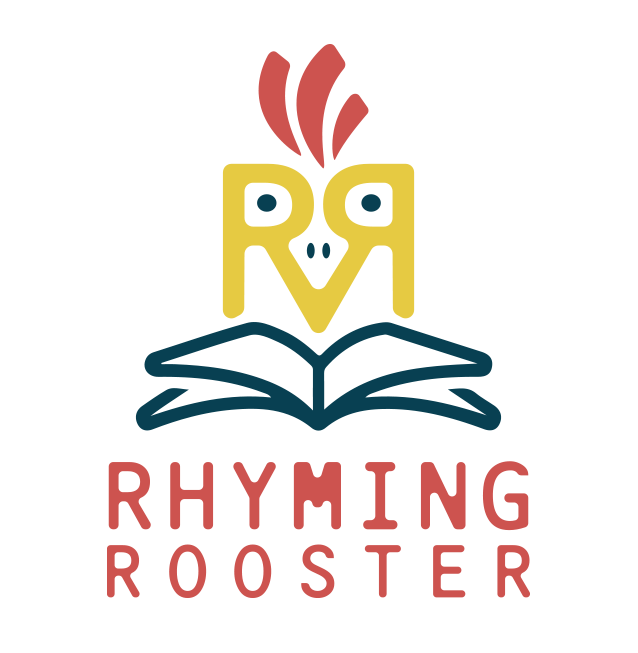Myth Tech Device #1: The Runekeeper
Myth Tech University Device #1:
The Runekeeper
Refrigerators. I’m willing to bet many of us don’t really think about how truly amazing modern technology is, especially something like the refrigerator. It singlehandedly solved one of humanity’s biggest issues when we were just hunter-gatherers roaming the plains: food preservation. For thousands of years, the best we could do to preserve our food was to either eat it immediately, or salt it and eat it a few days later. Nowadays, we can keep items in the refrigerator for months on end without risking any environmental degradation or exposure. So, if a convenience like the refrigerator could only be made through magic, and nothing else, what would it look like? That was the idea behind the Runekeeper. In order to understand how it functions, I must first explain the magic behind it.
Per the previous post, remember that in the world of the Wandering Order, there are seven divisions of magic, collectively called the ‘Seven Emanations’. These magics are apart of what’s called Emanation Theory - the fictional origin of where and how magic was disseminated into the world of Kisharia. These divine emanations each cover at least one aspect/domain of the natural world. Each division has some overlap, in the sense that some magic compliments, some counter, while others have neutral effects on each other. If you were a Mage in this world (Mage is a general term that refers to anyone, regardless of their domain, that wields magic), you would only be able to cast magic through one of these domains. You can think of it in RPG terms, if you will: with sufficient training, you ‘attune’ to this magic, and learn how to wield it from there.
Having reinforced our prior lesson, I can now elaborate on how this device functions. This particular device was made by those of the Elemental Emanations. This is technically the ‘lowest’ branch of magic, and is, as a result, the most commonly seen and used. It also has the most divisions within it - four, to be exact. Those divisions are: Pyromancy (Fire Magic), Hydromancy (Water/Ice Magic), Aeromancy (Air Magic), and Geomancy (Earth Magic).
So, how does the Runekeeper work? It’s actually one of my more simple Myth Tech devices. Basically, a Frost Mage/Water Mage carves a set of three frost runes, locking them into a grid, and with the corresponding sigils, said runes will ‘draw in’ ambient magic that is attuned to their magic, making anything surrounding it cold. You stack these runes up in just right the order, put them into an iron box, line the interior of the device with insulating metals to help keep it cold and prevent degradation, and voila! You have a Runekeeper.
But that’s not a satisfactory answer, still, is it? What the heck is a rune, and what the heck is a sigil?
Runes are essentially ‘footprints’ of magic made manifest in the world of Kisharia. Seven very basic runes exist for the Seven Divine Emanations. There’s a Dark Rune, a Light Rune, a Frost Rune, and so on and so forth. Sigils are essentially a magical lettering system that serve to ‘bring forth’ specific outcomes. So, you could have a sigil that says ‘Command!’ or ‘Draw forth!’ or ‘Rise’! There are many variations, and they do not universally have the same functional purpose in the world of Kisharia. However, in this case, a Frost Rune, typically carved onto a natural medium (a circular stone is the preferred base) by a Wizard of their corresponding magic, can help ‘guide’ magic into the rune with the corresponding sigils written around it.
If done so successfully, the rune becomes ‘activated’.
And that’s it! Entire industries in Kisharia are centered around rune and sigil manipulation, but the elemental branches of magic oftentimes provide us with the most functional usage.
I hope you enjoyed this Myth Tech presentation.


